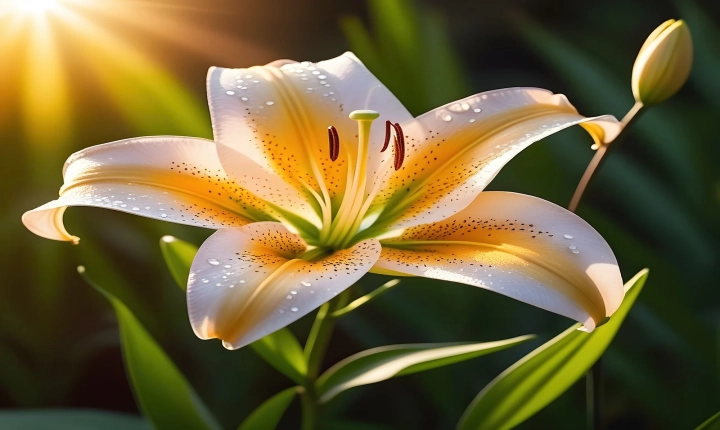Title: Unleashing the Creative Power of ChatGPT: How to Get ChatGPT to Write a Short Story
ChatGPT, powered by OpenAI’s GPT-3, is a remarkable and powerful tool that can generate human-like text based on the input it receives. From engaging in conversations to providing detailed explanations, ChatGPT is capable of a wide range of tasks, including crafting short stories. The process of getting ChatGPT to write a short story involves understanding the capabilities of the tool and providing it with the right input. In this article, we’ll explore how to unleash the creative power of ChatGPT to produce compelling short stories.
Understanding the Capabilities of ChatGPT
Before diving into the process, it’s important to understand the capabilities and limitations of ChatGPT. ChatGPT is trained on a diverse range of internet text and is designed to mimic human conversation and writing styles. It has a deep understanding of language and a vast repository of knowledge. However, it’s essential to keep in mind that ChatGPT is not sentient and does not have personal experiences or emotions. Instead, it leverages its training data to generate text based on the input it receives.
Crafting the Right Prompt
To get ChatGPT to write a short story, crafting the right prompt is crucial. The prompt serves as the foundation for the story, guiding ChatGPT in the direction the author desires. When crafting the prompt, it’s essential to provide a clear starting point, character information (if applicable), setting details, and any specific themes or plot elements to be included in the story. For example, a prompt for a science fiction story might include details about a futuristic city, advanced technology, and a protagonist on a quest for discovery.
Engaging in Iterative Conversations
Once the prompt is provided, engaging in iterative conversations with ChatGPT can help refine the story and guide its development. ChatGPT responds to input and can continue the story based on the author’s prompts and questions. This back-and-forth interaction allows for the gradual shaping of the narrative, ensuring that the story aligns with the author’s vision.
Refining and Editing the Output
ChatGPT’s initial output may require some refining and editing to polish the story and ensure coherence. While ChatGPT is capable of impressive narrative generation, there may be instances where the generated text needs adjustment for clarity, continuity, or adherence to specific guidelines. Through editing and refinement, the story can be further developed to meet the desired standards.
Exploring Various Genres and Styles
ChatGPT’s versatility allows for the exploration of various genres and writing styles when crafting short stories. Whether it’s fantasy, mystery, romance, or any other genre, ChatGPT can adapt its writing to suit the specific tone and conventions of the chosen genre. By experimenting with different genres and styles, authors can harness the full potential of ChatGPT to produce diverse and engaging short stories.
Embracing Collaborative Storytelling
In addition to crafting prompts and guiding the story development, authors can also collaborate with ChatGPT to co-create compelling narratives. By embracing collaborative storytelling, authors can leverage ChatGPT’s creative input to enhance their own storytelling process and explore unexpected plot twists and character developments.
In conclusion, getting ChatGPT to write a short story involves understanding its capabilities, crafting the right prompt, engaging in iterative conversations, refining and editing the output, exploring various genres and styles, and embracing collaborative storytelling. By following these steps, authors can unlock the creative power of ChatGPT to produce captivating short stories that showcase the tool’s remarkable abilities in narrative generation. As technology continues to advance, the potential for AI-generated storytelling to complement human creativity is an exciting prospect, and ChatGPT stands at the forefront of this transformative landscape.
